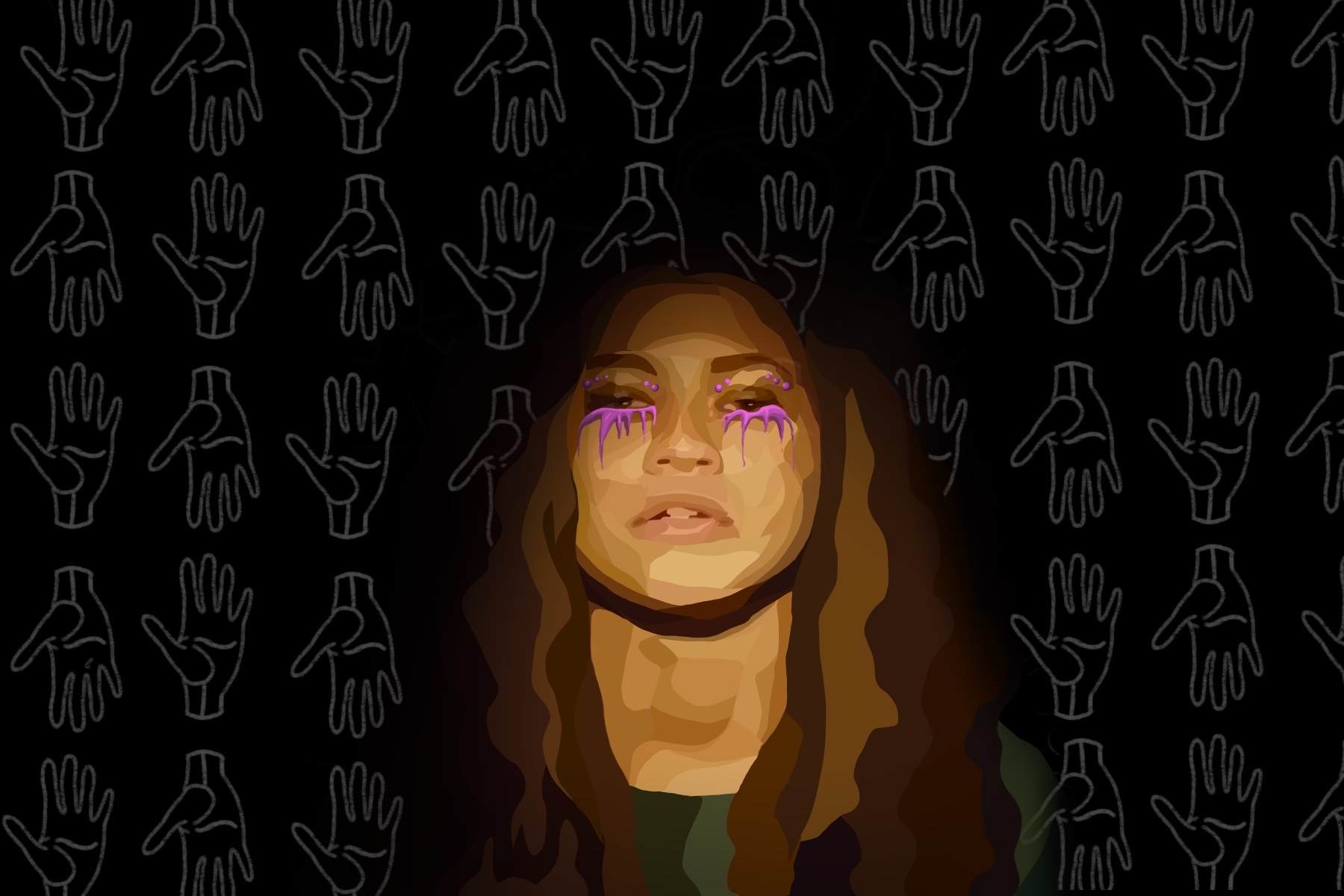Since social distancing measures were implemented in March, many have found their media consumption increasing as their social time decreases. I spent the summer reading more books, watching more Netflix shows, scrolling through more Instagram posts and listening to more podcasts than I usually do.
The constant influx of ideas and creations, in the absence of my usual levels of social interaction, led to some interesting parallels and overlaps. For example, I listened to Channa Joffe-Walt’s “Nice White Parents,” a podcast about systemic discrimination in New York public schools, while packing up my belongings to return to my own school. In a similar vein, I read Celeste Ng’s “Little Fires Everywhere,” a book about race and class tensions in an idyllic Ohio neighborhood called Shaker Heights, while scrolling through social media posts and articles about the lasting effects of redlining and housing discrimination in my own state.
Recently, and most poignantly, I read “Beyond Survival,” a collection of pieces about transformative justice edited by Ejeris Dixon and Leah Lakshmi Piepzna-Samarasinha, while watching HBO’s “Euphoria.” As it turns out, “Euphoria,” which follows a group of high school students exploring drugs, sex and relationships, brings to life a range of situations in which transformative justice solutions might seriously benefit the characters.
Transformative justice, as explained in “Beyond Survival,” is a complex network of approaches to resolving conflicts and navigating violent interpersonal relationships without relying on the police or other state-endorsed mechanisms, which so often prove harmful for Black, Indigenous and other people of color, transgender people and queer people.
A Teen Vogue article on the topic, written by Kim Tran, defines transformative justice as “a way of addressing an individual act of harm that relies on community members instead of the police, the law, or the government (also known as the state).” Tran continues, “It is a response to the racism and gender-based oppression that shape life for many people of color. Though models differ, all reject the involvement of the criminal-justice system, choosing instead to rely on community support networks and mediators.”
Teen Vogue has become substantially more woke since I was a young teen — but that’s a different conversation for a different time. The article offers an excellent introduction to the philosophy and praxis of transformative justice work, the underlying thread of “Beyond Survival”.
In itself, “Beyond Survival” is a series of short readings from activists and social workers who have engaged with transformative justice processes in real life with real people. Some readings speak specifically about conflict resolution; others lay out transformative justice processes for sexual assault; others offer roadmaps for accountability circles and safer party spaces. As you might imagine, while watching the characters in “Euphoria” navigate violent situations, I thought back to the book. Two of the show’s plot points in particular underlie the need for transformative justice in communities.
1. Nate’s (Jacob Elordi) assault of Maddy (Alexa Demie) at the carnival and the ensuing criminal investigation.
The fifth episode of the first (and so far, only) season of “Euphoria” expertly weaves the narrative of the aftermath of Nate’s assault of Maddy, in which he forcefully chokes her. The show follows Maddy through her school day while Rue’s (Zendaya Coleman) voice-over explains that Maddy is experiencing withdrawals from the molly she took over the weekend. She passes out during class, which leads to paramedics discovering the intense bruising on her neck and thus to police involvement.
In an especially graphic scene, a female detective, assisted by other police officers, cuts off Maddy’s sweater to get a closer look at the bruising while Maddy screams and cries. The scene is intense and difficult to watch, not just because of the way the camera focuses on the pain on Maddy’s face but because the image of police drastically mishandling a sexual assault situation is so devastatingly familiar. It is clear to viewers that “Euphoria” is making a point.
How might a transformative justice approach help Maddy navigate the aftermath of her assault more successfully? Perhaps, if she had not been interrogated and treated with force, she might have been able to come to terms with the fact that her relationship with Nate is violent and unhealthy — something she is never quite able to do in the show. A transformative justice solution to the problem might look like an accountability circle for Nate to confront the harm that he has done, coupled with a support network for Maddy to process the pain she has experienced, set boundaries for her relationship with Nate going forward and make the community aware of Nate’s wrongdoings.
2. Nate’s threat to Jules (Hunter Schafer) about leaking her nudes and having her arrested for child pornography
To the people who have seen the show, it should come as no surprise that the second moment in which “Euphoria” makes apparent the need for transformative justice also involves Nate. In this scenario, when Jules rejects his romantic advances, Nate threatens to leak her nude photographs to the police and have her labeled as a sex offender for child pornography.
Not only is the legal logic at play in the episode questionable, but as a viewer, I also wondered why Jules didn’t just explain her situation to legal authorities. Thinking about “Beyond Survival,” though, as well as some of the other context provided by “Euphoria,” I began to understand.
In the fourth episode, the show reveals that Jules, who is transgender, was institutionalized against her will at a young age for mental health issues related to her gender dysphoria. Aside from the character’s backstory, though, “Beyond Survival” also sheds light on why transgender people might be wary about going to the police.
In the piece titled “Why No Non-Consensual Active Rescue?,” the Trans Lifeline lays out some of the issues that trans people face when in institutional settings, either in hospitals or when interacting with the police. The book cites a survey conducted by the Trans Lifeline.
“Over half of the respondents who had interacted with police who knew or suspected they were trans reported being misgendered, verbally harassed, or physically or sexually assaulted by officers.”
If a transformative justice approach had been an option for Jules in “Euphoria,” she likely would have saved herself much of the grief of having to comply with Nate to avoid a run-in with the police. As imagined through a transformative justice lens, she might have reached out to a community organizer, not a law enforcement officer, and explained her situation in a safe and affirming setting that offered her approaches to confronting Nate and de-escalating the situation. In fact, if circles of accountability were in place within the community, Nate likely would not have tried to blackmail her in the first place.
There is a lot to say about “Euphoria” in relation to transformative justice and the many approaches laid out in “Beyond Survival.” I could write articles and essays about both of the very different but similarly outstanding pieces of work. Most critically, though, at the specific moments where they intersect, “Euphoria” and “Beyond Survival” seem to make the same point from two different angles: The conflict resolution and accountability systems we have in place are not working, so we need transformative justice in communities.

















